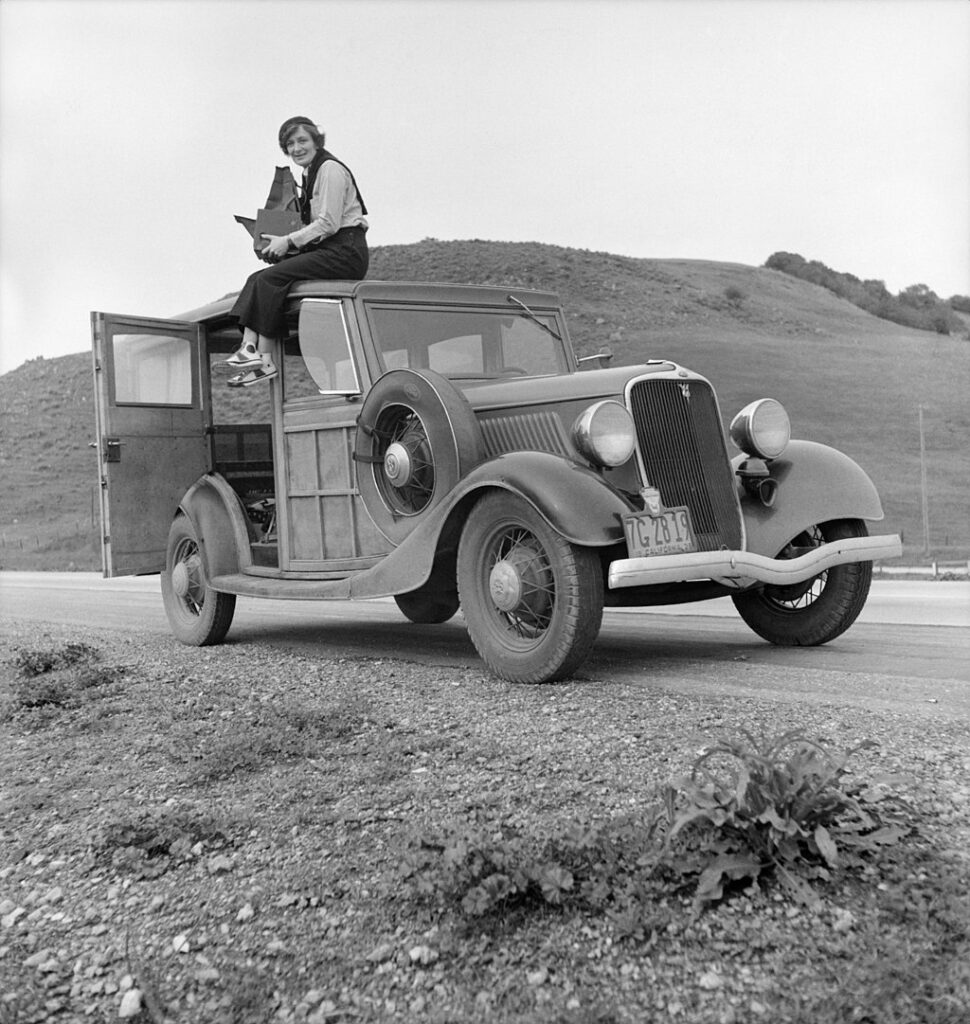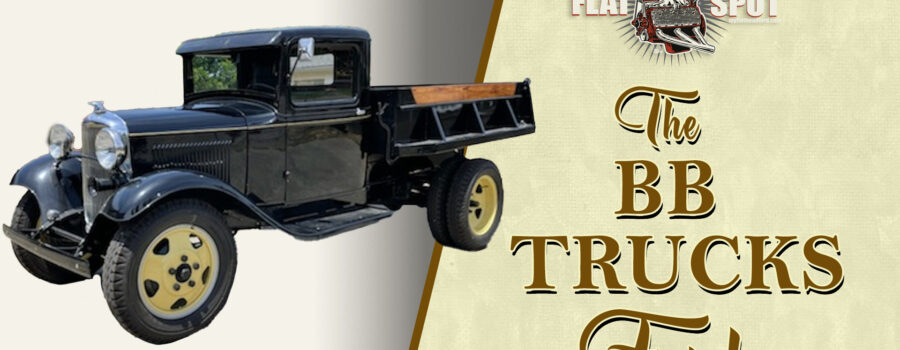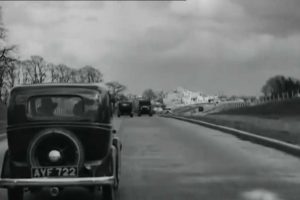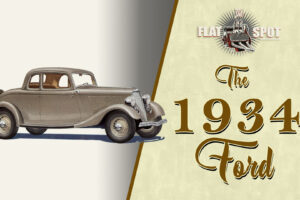As with the previous model A, there were heavier commercial vehicles. They were available with either the venerable four or the more powerful V-8. The four cylinder truck got the designation “BB”, following a practice started with the “TT” and “AA” trucks.
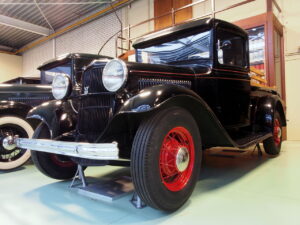
The BB had longer wheelbases of 131.5 or 157 in. (3340 or 3988 mm), a reinforced frame, heavy duty transmissions and axles, and bigger wheels. Wire wheels were standard on the light duty cars, the heavier got steel wheels (some of them dual on the rear axle). There was a separate catalogue offering popular body styles, rolling chassis or chassis and cab. Many local coach builders offered their coachwork to customers in need of more specific solutions. During the Depression, also ambulances, hearses, or fire trucks found their way to budget-minded communities and organizations.
Other than with the Model B automobiles, BB designated four as well as eight cylinder trucks. V-8 was strictly an option, even for heavy trucks. The bulk of these vehicles came with four cylinder engines.
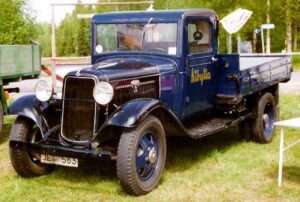
These trucks are easily mistaken for B or V-8 commercial cars built on the passenger car chassis. Sedan deliveries, pickups, and station wagons were the best remembered of these. They had elongated bodies and stiffer springs, and were generally shown in the commercial car catalogue, even if the wagon was the most expensive body style available on the passenger car chassis.
